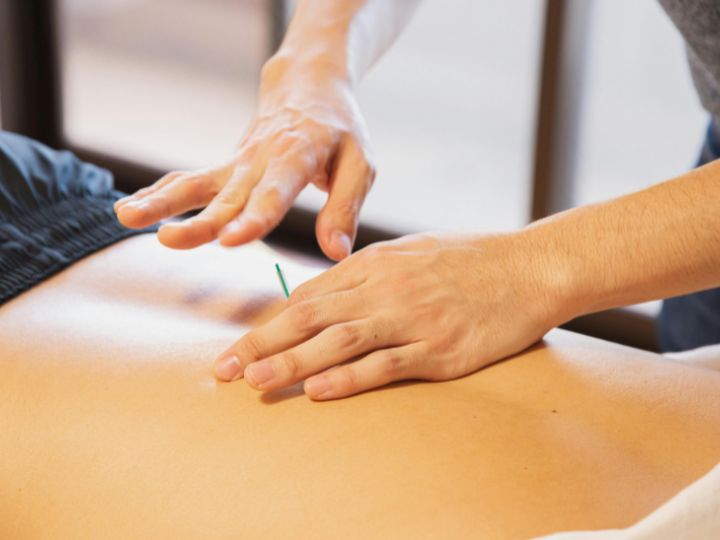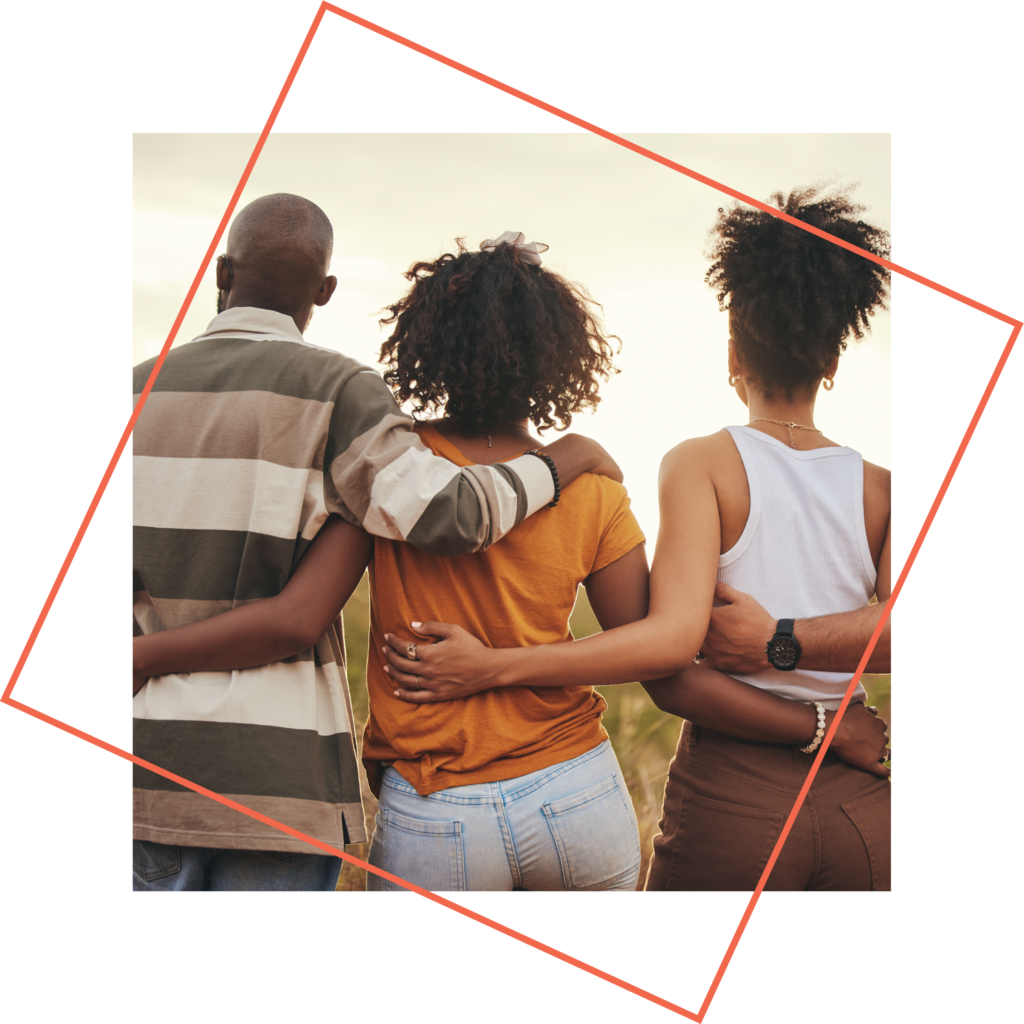Pain management is a critical aspect of healthcare that affects not only individuals but entire family systems. While medications have their place in pain treatment, non-medication approaches offer effective alternatives with fewer side effects and risks. This guide explores evidence-based strategies for managing pain without medication, with a special focus on supporting family safety and recovery.
Understanding Pain’s Impact on Family Systems
Chronic pain doesn’t exist in isolation – it affects everyone in a household. When a family member experiences ongoing pain:
- Other family members often assume additional responsibilities
- Communication patterns may change or deteriorate
- Risk of depression and anxiety increases for everyone involved
- Economic stability can be threatened by healthcare costs and reduced work capacity
Non-medication pain management approaches can break these negative cycles while reducing risks associated with medication dependence.
Evidence-Based Non-Medication Pain Management Strategies
Physical Approaches
- Exercise and Physical Therapy Physical activity releases endorphins, the body’s natural painkillers. Tailored exercise programs can strengthen supporting muscles and improve function. Physical therapy provides structured rehabilitation with expert guidance.
- Heat and Cold Therapy Simple but effective, these approaches can reduce inflammation and muscle tension. Heat improves blood flow and relaxes muscles, while cold reduces inflammation and numbs pain signals.
- Massage and Manual Therapies These approaches improve circulation, reduce muscle tension, and trigger endorphin release. They can be professionally administered or taught to family members for home care.
- Acupuncture and Acupressure Growing evidence supports these traditional practices for pain relief. They may work by stimulating the body’s natural pain-relief systems and improving energy flow.
Psychological Approaches
- Cognitive Behavioral Therapy (CBT) CBT helps identify and change negative thought patterns about pain. It teaches practical coping strategies and has strong evidence for effectiveness across many pain conditions.
- Mindfulness and Meditation These practices reduce pain perception by changing how the brain processes pain signals. Regular practice builds resilience to pain and stress.
- Biofeedback This technique uses monitoring devices to help people gain awareness and control over physical functions like muscle tension, heart rate, and breathing patterns related to pain.
- Stress Management Stress amplifies pain perception. Techniques like deep breathing, progressive muscle relaxation, and guided imagery can interrupt this cycle.
Supporting Family Recovery Through Non-Medication Pain Management
Creating a Supportive Family Environment
- Open Communication Encourage honest discussions about pain’s impact on everyone. Create safe spaces for family members to express their experiences without judgment.
- Shared Understanding Help all family members understand the nature of pain, its variability, and management approaches. This reduces misunderstandings and builds empathy.
- Collaborative Problem-Solving Involve the entire family in developing pain management strategies. This builds ownership and strengthens family bonds.
- Establishing Realistic Expectations Pain management is often about improvement rather than elimination. Help family members set realistic goals and celebrate progress.
Preventing Medication-Related Risks
Non-medication approaches help families avoid serious risks associated with pain medications, particularly opioids:
- Reduced Dependency Risks Physical dependence and addiction affect not just individuals but entire families. Non-medication approaches eliminate these risks.
- Fewer Side Effects Pain medications often cause side effects like drowsiness, cognitive impairment, and constipation that can disrupt family functioning.
- Safe Home Environment Homes without pain medications eliminate risks of accidental ingestion by children or misuse by teenagers.
- Sustainable Long-Term Management Many pain medications lose effectiveness over time or have limits on duration of use. Non-medication approaches can be maintained indefinitely.
Implementing Non-Medication Pain Management in Family Life
Starting Small
- Begin with simple techniques like deep breathing, gentle stretching, or brief mindfulness exercises
- Set achievable goals that build confidence and motivation
- Track progress using pain diaries or simple rating scales
Building Family Participation
- Make activities family-friendly – meditation can become a family quiet time
- Share responsibilities for supporting pain management routines
- Recognize efforts of all family members in contributing to recovery
Accessing Professional Support
- Multidisciplinary pain clinics offer comprehensive evaluation and treatment planning
- Physical therapists can design personalized exercise programs
- Mental health professionals can provide CBT and other psychological approaches
- Support groups connect families with similar experiences
Non-medication pain management offers powerful tools for healing that extend beyond the individual to support entire family systems. By embracing these approaches, families can create environments that foster recovery while avoiding medication-related risks. The journey requires patience and commitment, but the rewards—improved function, stronger family bonds, and sustainable pain management—are well worth the effort.



